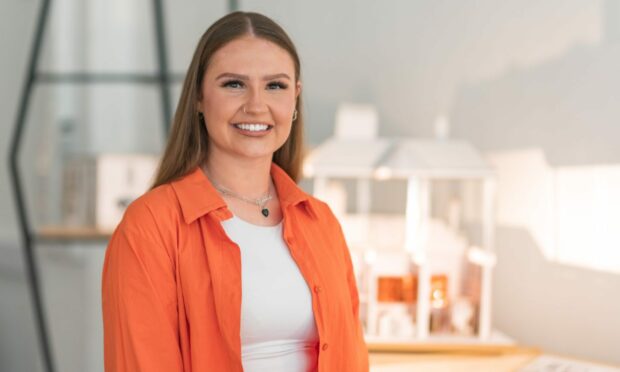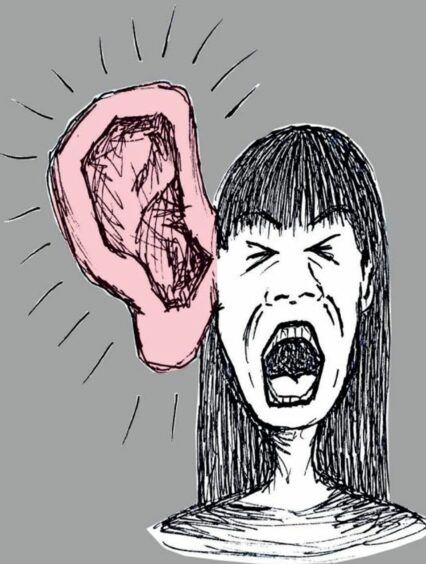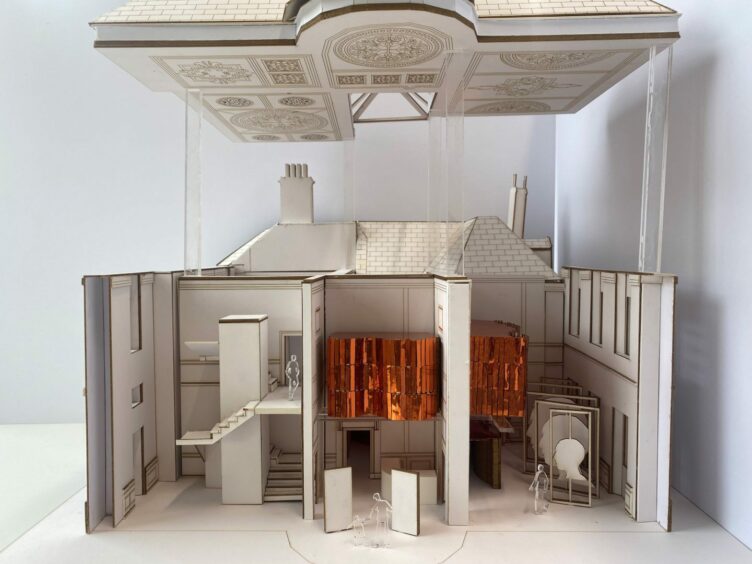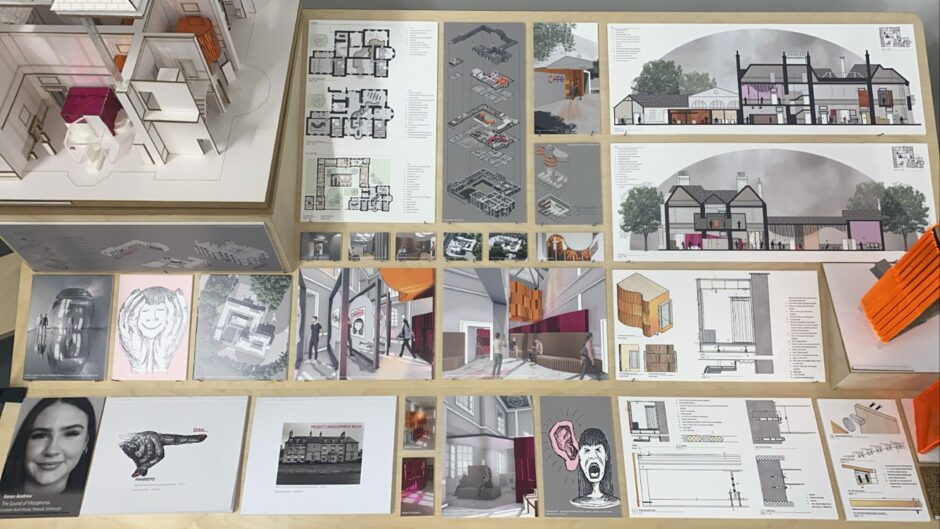A design student from Aberdeenshire is using her final year project to raise awareness of a condition called misophonia.
Keran Andrew, 21, has been affected by misophonia since she was 12 years old.
The condition means that certain sounds trigger emotional or physiological responses.
Until recently, the condition has been described as invisible because people would not be aware of what sufferers were going through when they heard a triggering sound.
After going undiagnosed for years during her childhood, it was only recently that Miss Andrew began to understand more about the condition and how she could help herself live with it on a day-by-day basis.
She said: “There’s still not an awful lot said or known about misophonia and what can be done to help it.
‘Would people think I would just be making it up?’
“My mum is affected by it and obviously I am too, but we’ve just sort of learnt certain things ourselves that help us to live as normal life as possible, despite having this condition that can be quite difficult to cope with.
“I’ve always been a bit embarrassed of telling people about the condition and I think that really stems from there not being enough information on it out there. Would people think I would just be making it up?
“That’s really why I chose the condition – and my experiences with it – to be a key subject for my final year project. I wanted to firstly help educate people about misophonia and what it is.
How can buildings cater to those affected by misophonia?
Miss Andrew’s project at Edinburgh Napier University aims to highlight some of the construction and design features that could be implemented to make buildings more suitable for those affected by misophonia.
Her work focuses heavily on interior installations and curved partitions that help dampen loud noises.
Her design also features a space for misophonia treatment, indoor and outdoor cafes.
Included was an exhibition space for people affected misophonia to get their thoughts and feelings on living with it across to a wider audience.
The design will be put on display from May 26 to June 2 at the university’s Merchiston campus.
Miss Andrew says that “If more people were aware of the conditions, and more buildings were designed to support those with it, then it would be a lot easier to live with.
“The more people that know about misophonia and what it is, the better.”




Conversation